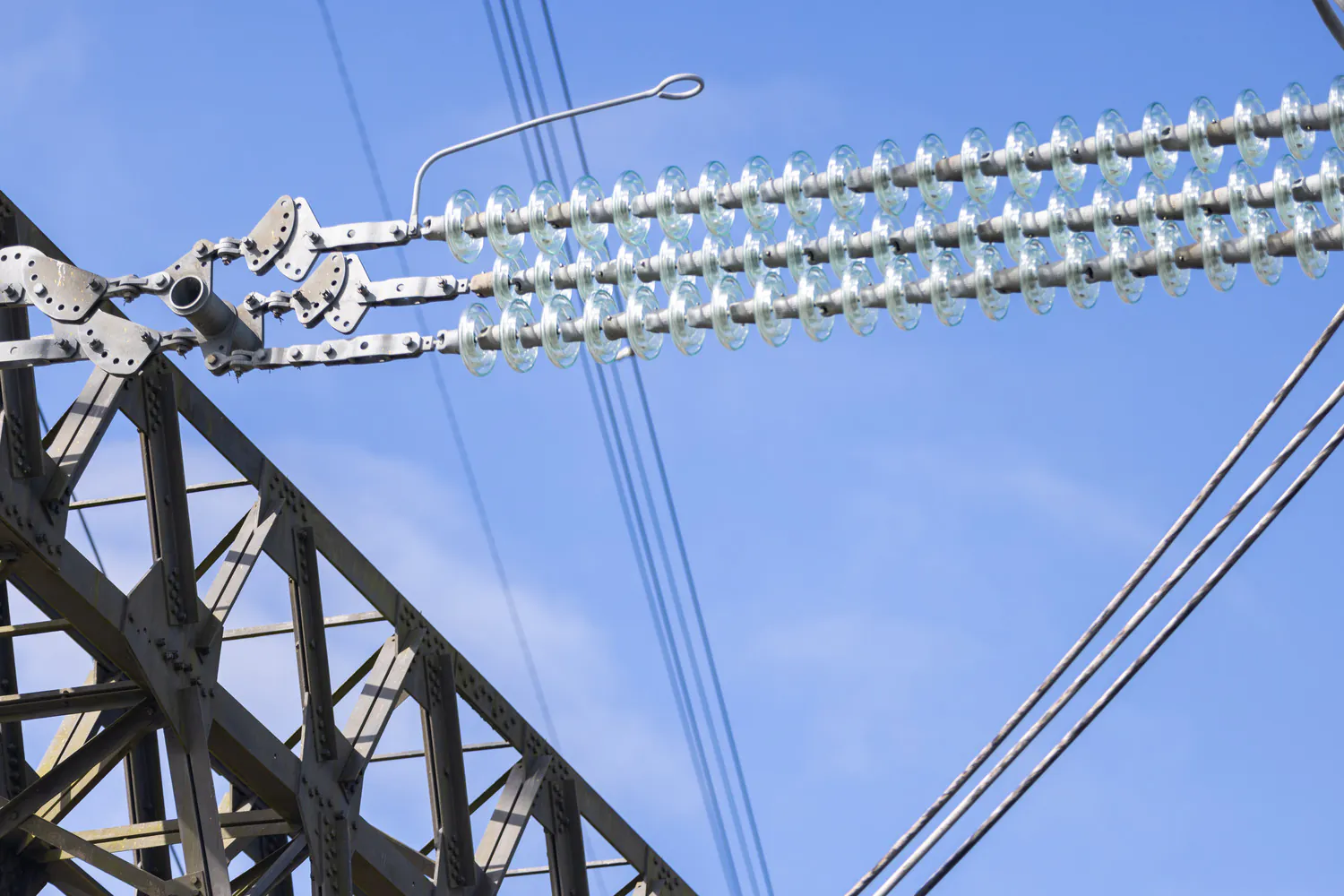
VF
Upgrading Blackpool’s network of electricity towers – improving the Heysham – Penwortham – Stanah circuit with steelwork upgrades, conductor replacements, and communications improvements.
Project overview
The complex and challenging project showcased the very best of teamwork, problem-solving and perseverance.
It included the construction of a brand new SF60 gantry tower to replace the ageing 4TD71 structure built in the 1960s.
The team also carried out extensive steelwork upgrades, conductor replacements, and communications improvements across the VF route.
The project team completed the work with no Lost Time Injuries (LTIs) or RIDDOR incidents, which is a testament to the team’s commitment to safety and quality.
Key work delivered:
- Steelwork Strengthening: Around 8 tonnes of steel installed.
- Conductor Replacement: All six phases of the twin conductor were replaced, including downleads into the Stanah Substation. That’s 4.1km of linear conductor and a total of 49.3km across the route.
- Earthwire Upgrade: 4.1km of old earthwire was replaced, improving communications between the three substations.
- River Wyre Crossing: A 500m span completed as part of the conductor replacement.
- Access and Enabling Works: Including bellmouth upgrades, trackway installation and circuit protection scaffolds.
Overcoming Engineering Challenges
One of the project’s biggest hurdles was replacing the old 4TD71 gantry tower. The process presented challenges during fabrication, foundation installation, and tower assembly.
Installing the top gantry section, weighing around 17 tonnes, required a proximity outage on the adjacent 400kV CCT1 circuit.

Fun fact: When we replaced an old gantry tower, we had to use the original 1960’s design, which meant converting imperial drawings into metric.



